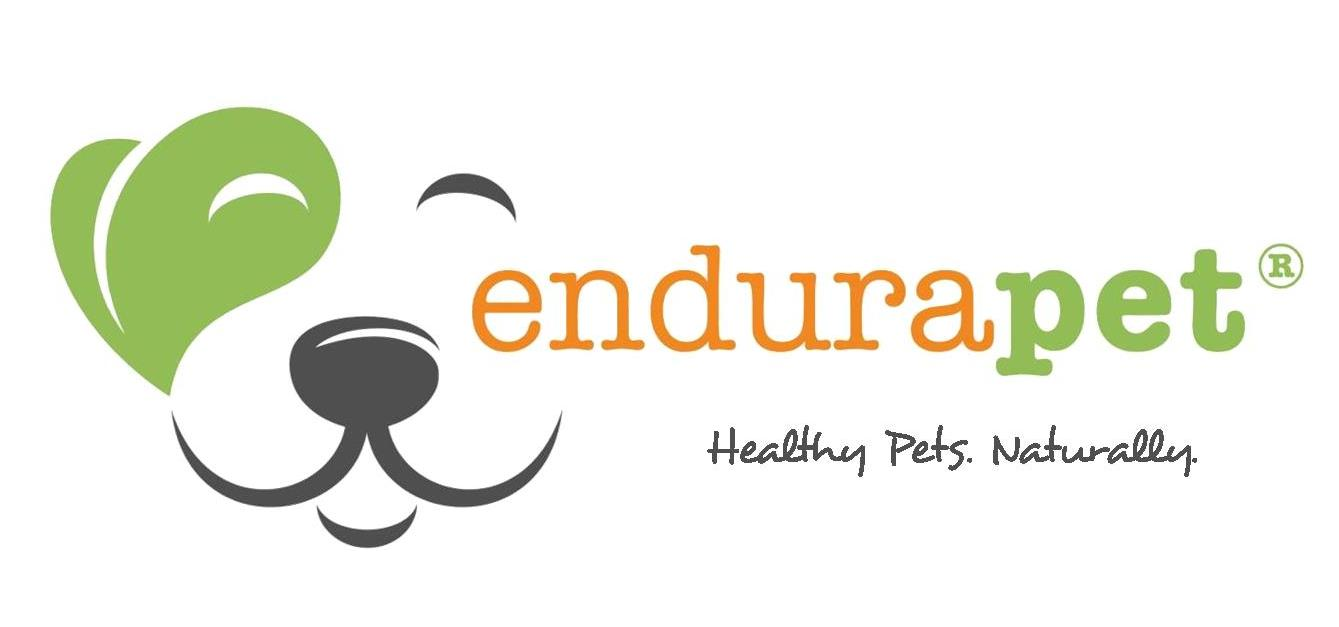Did you know that your pet’s dental health affects more than just his or her teeth and gums? Lack of proper dental care and resulting periodontal disease can and does affect your beloved beasts’ entire body: Heart, kidneys, lungs, intestines, and even joints!
We recently adopted an incredibly sweet 9-year old dog, Kayla. Her personality is sweet beyond compare, but her teeth and gums? Our vet had one word: Horrific. Poor Kayla had such bad periodontal infection that her lymph nodes were swollen and she had a dangerous case of bronchitis secondary to the massive amount of infection in her mouth. After several extractions, daily dose of EnduraPet® Immune Support, and supportive care to help her gums heal, Kayla is on the mend, but we were lucky she didn’t suffer serious heart and kidney complications. She did suffer a serious case of bronchitis due to the infection in her mouth, and thankfully that can be cured.
So how can you avoid dental disease and resulting complications for your beloved pet? In addition to excellent nutrition and immune system care, it’s time to talk tooth brushing.
Tooth brushing for pets. Really?
Yes. And it is not as hard as one would think. Here’s what you will need:
1. A toothbrush designed for pets. I prefer rubber finger brushes, but you may find that your pal does just fine with a toothbrush.
2. Toothpaste specifically designed for pets. You can use baking soda, but honestly, with all of the flavored options available, choosing a pet toothpaste or gel is often times the most readily accepted by our furry loved ones. NEVER use human toothpaste on pets. are some sprays available as well, but we are not one thousand percent thrilled with the available spray ingredients.
3. If your pet is older and has never had his or her teeth brushed, a piece of a nylon stocking can be a great way to apply toothpaste at first
4.Yummy treats. Like seriously delicious. This helps associate tooth brushing time with fun!
5. Patience. This has to be fun for you both or it won’t become the vital habit we’re going for.
In an ideal world, we would all start brushing our furry family members’ teeth early. Starting early makes the process easier on your companion, and it can help provide a lifelong benefit to his or her health.
Baby Steps: Introducing the brush and the toothpaste (again, NEVER use human toothpaste)
If you are like we are and you adopt your family members when they are a bit older, baby steps are in order. Here are some of the steps you can take to make tooth brushing time enjoyable:
·We start by giving tastes of our chosen tooth gel or paste on our fingers or if necessary, we put a small amount on a favorite treat. Then giving just the paste on a finger.
·During this introduction time, we introduce the toothbrush or finger brush with tidbits of yummy things like wet food or small bits of cream cheese. That way your darling dear gets used to the brush in and around his or her mouth.
· Next we have our furry friends lick the paste off of the brush and we just do a small amount of brushing on their most easily accessible teeth.
·Now it’s time for a treat or a favorite activity to reward their patience!
Once you have established that tooth brushing is not scary, schedule a good brush two to three times a week. Your pet’s dental health will be infinitely better for it, and your efforts and patience will have paid off. This is also a great opportunity to keep an eye on those beautiful gums. It is always important to know how gums look when they are healthy so you can gauge what is “normal” for your pet.
A few extras:
·Cats are sometimes more receptive to a brushing with a nylon instead of an actual brush.

·There are other great things which can help to keep pearly whites pearly and white: We love raw bones. Dental treats also have their place. Just remember that a good brushing can’t be replaced by treats alone.
·Dogs have 42 permanent teeth. Cats have 30.
·Rubber and rope toys can help with plaque. Remember that rope toys in particular are SUPERVISION ONLY toys and you should never leave your dog alone with them.
·For animals prone to dental disease, there are a variety of things which can help. Co-Q10 is excellent, as is green tea extract and OPC’s. We include a healthy dose of all three in our Immune Support. A healthy immune system is key and we designed Immune Support to be given at all life stages. We also add chlorophyll to their water.
We hope this has helped to answer questions about just how to get started with at-home dental care for pets. Just take your time and build the habit slowly, and it can be fun and painless!If we can help with any questions about your furry family members and their dental health, or their health in general, remember we are just a click away at info@endurapet.com, or you can call us at 1-888-738-7535.
